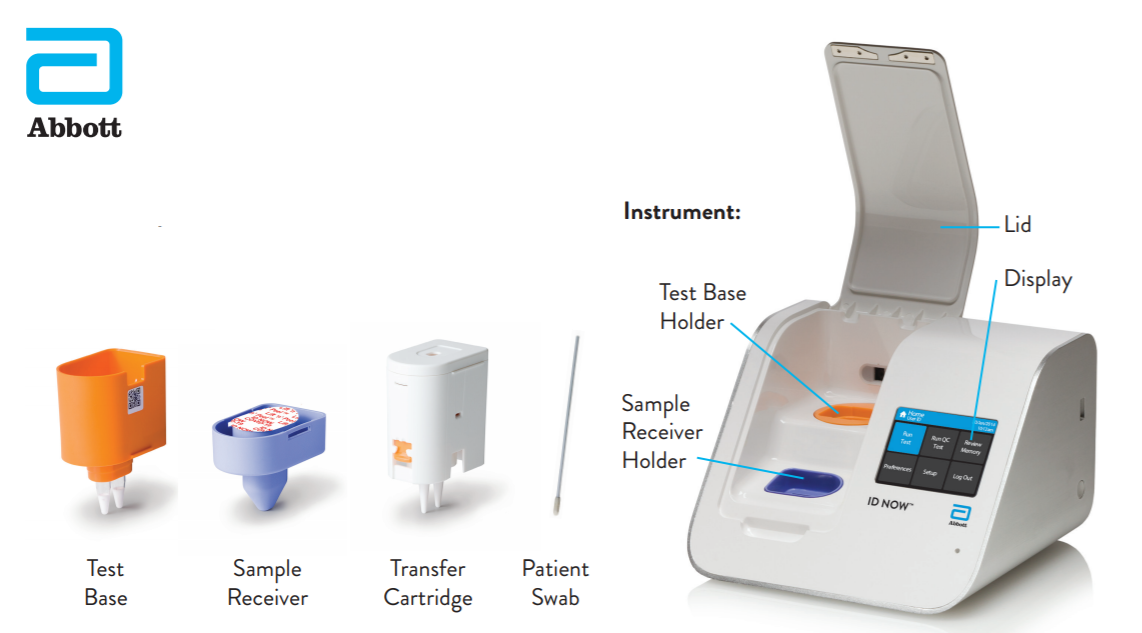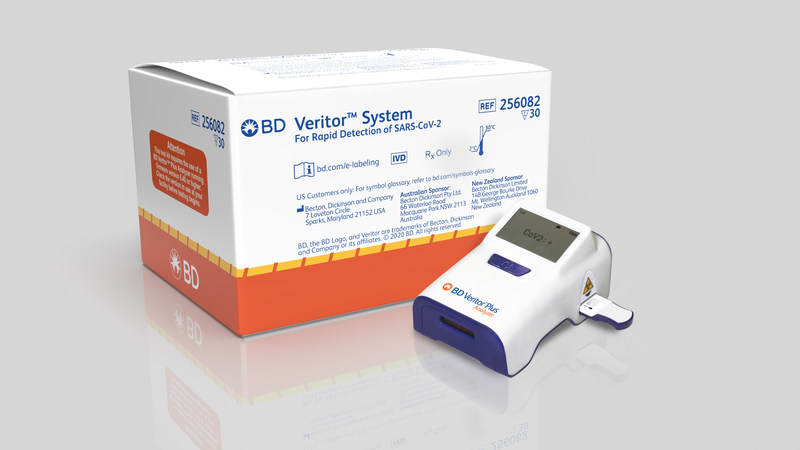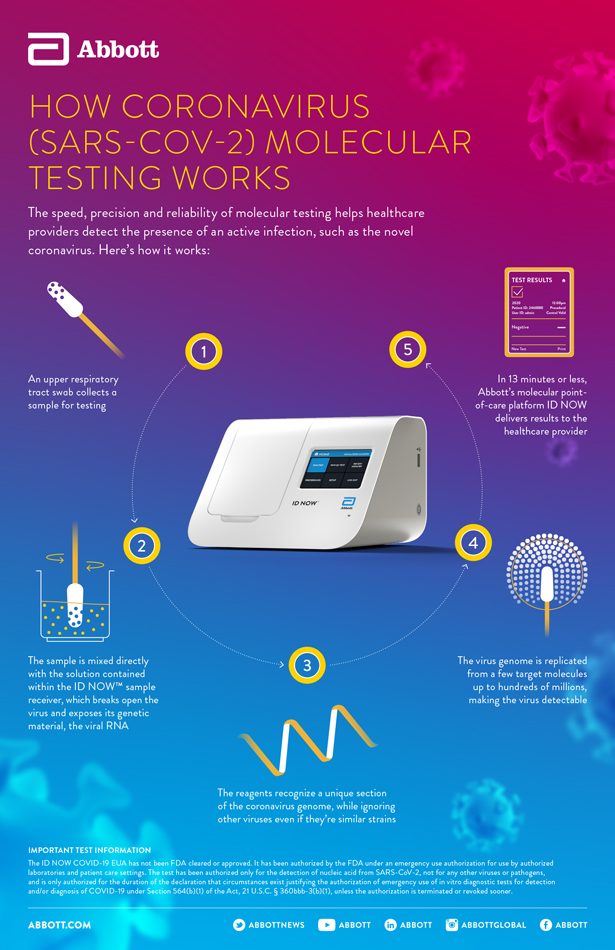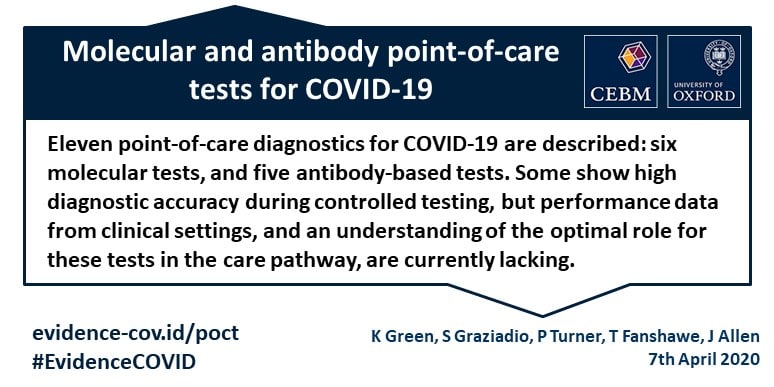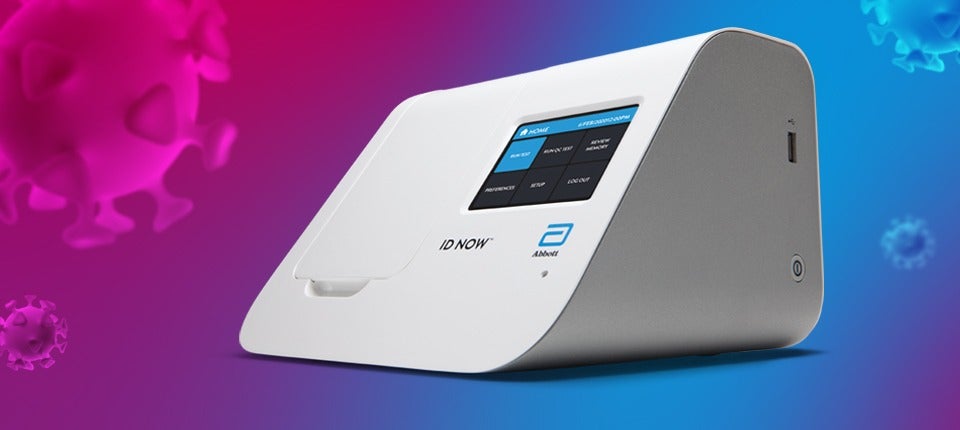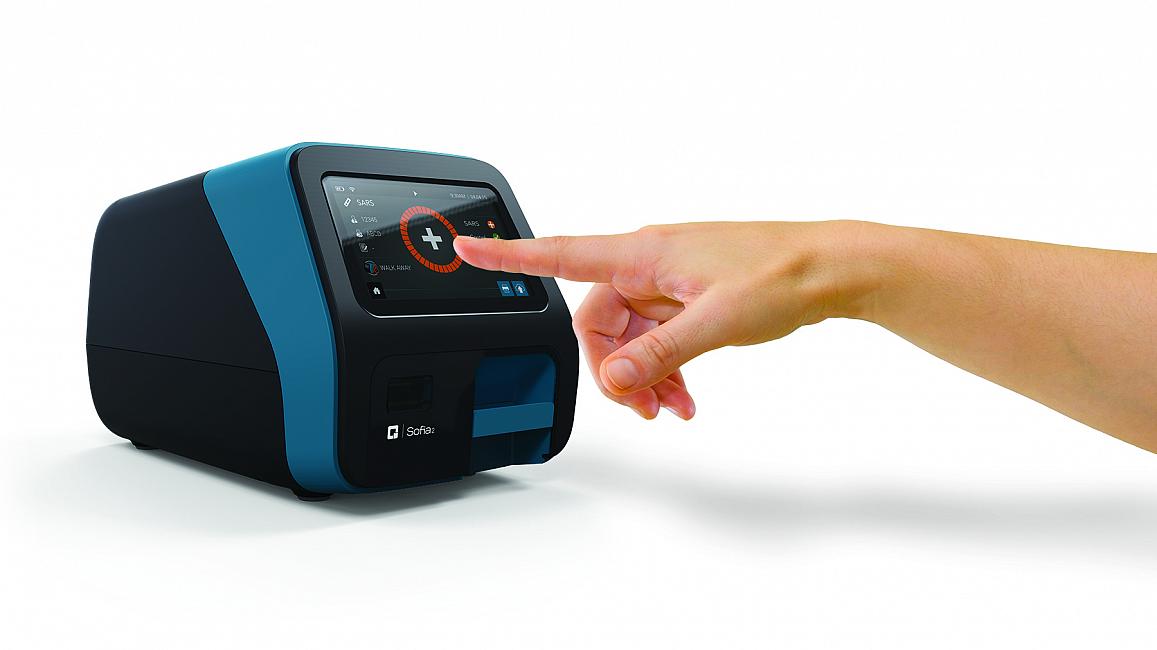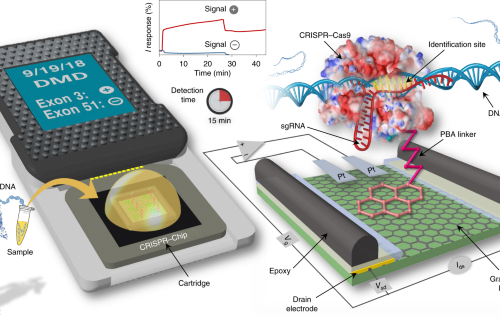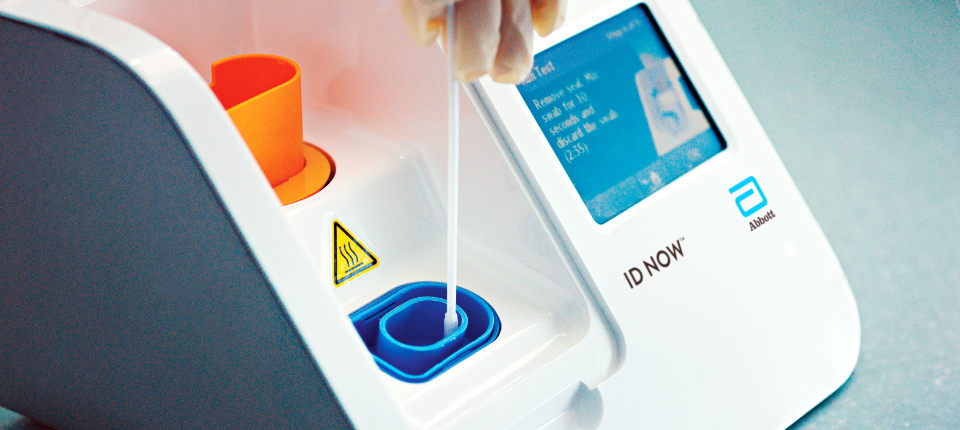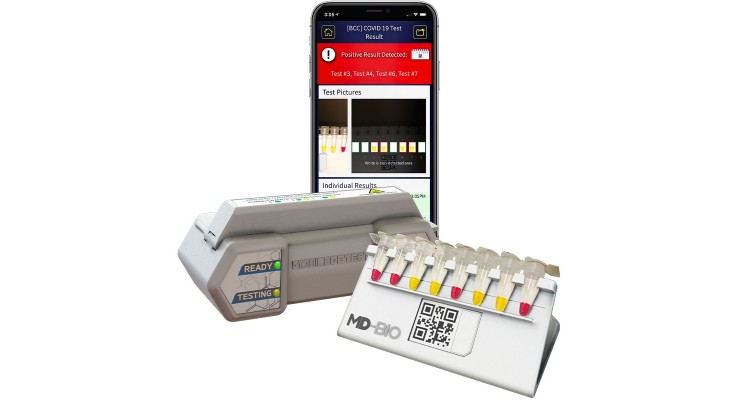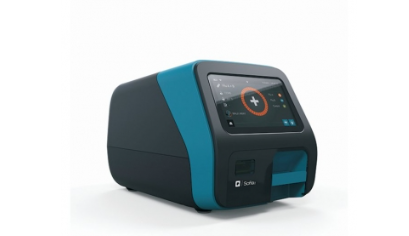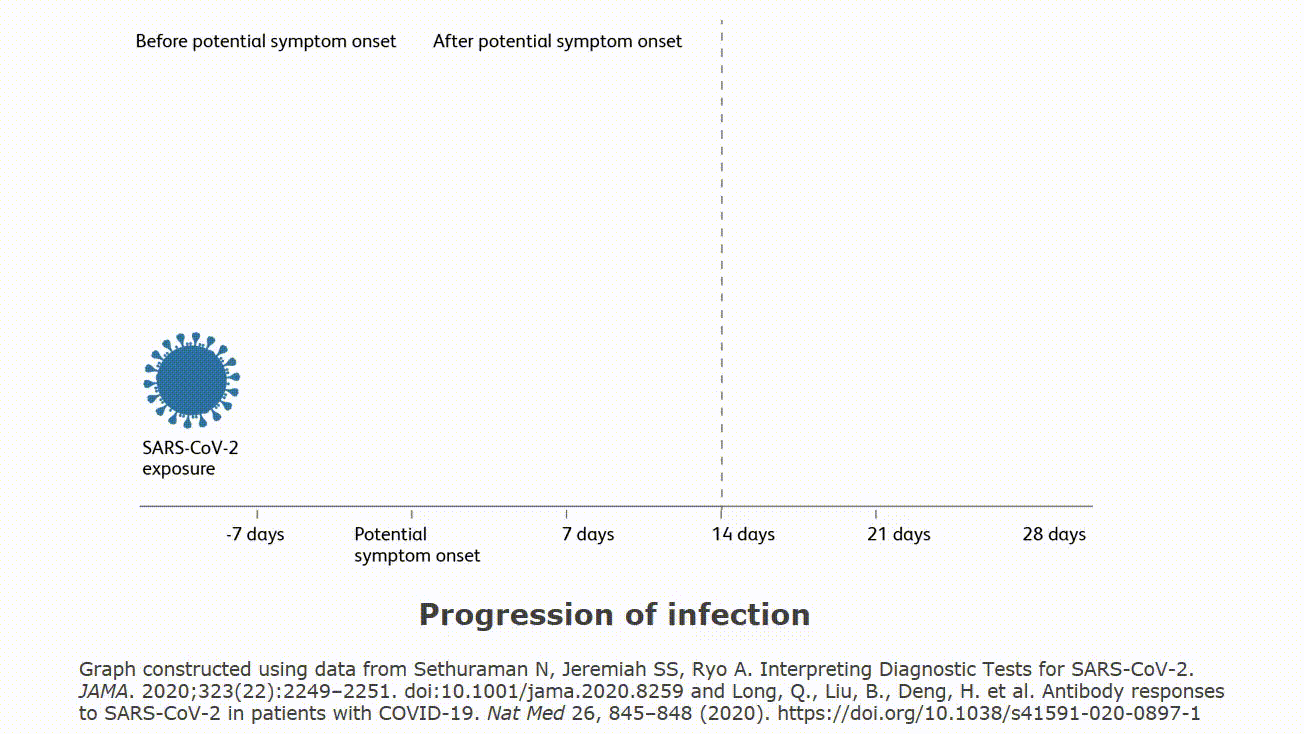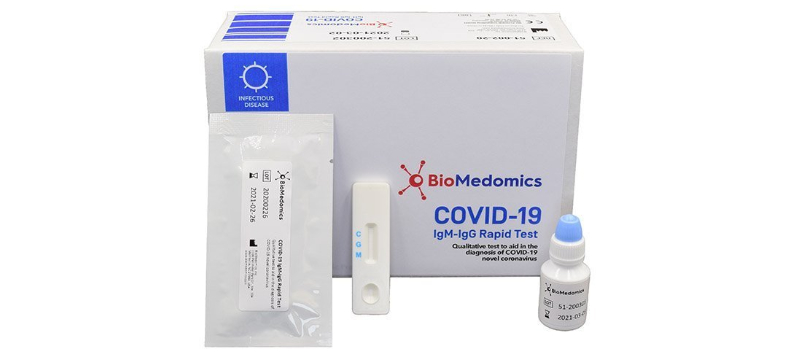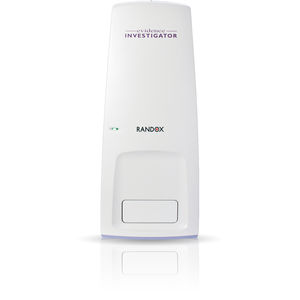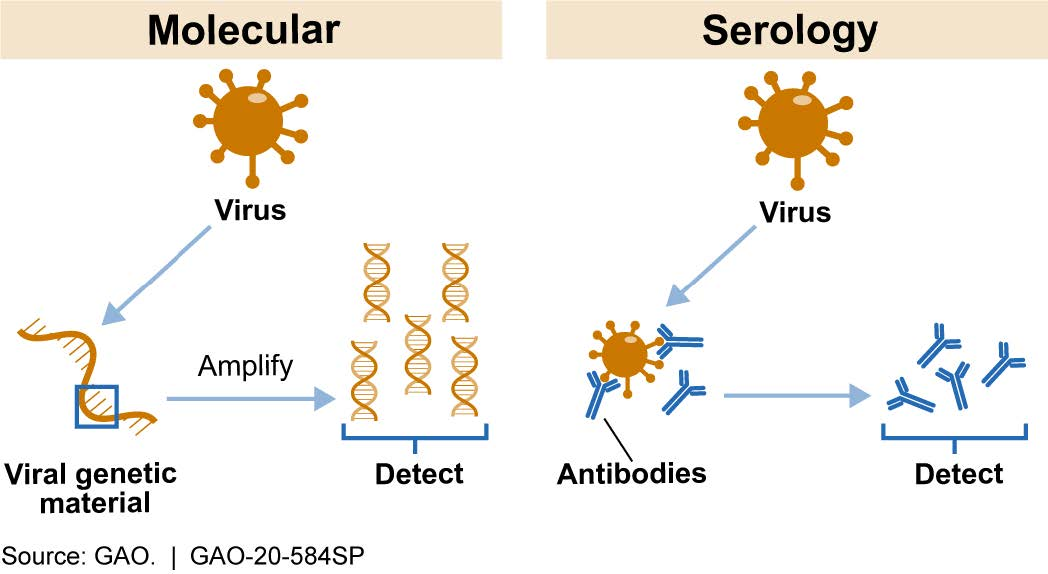Molecular point of care testing for covid 19 offers healthcare workers rapid results in more settings where people show up for care.
Point of care testing devices for covid 19.
The id now covid 19 rapid test delivers high quality molecular positive results in as little as 5 minutes targeting the coronavirus covid 19 rdrp gene.
Department of health and human services hhs in partnership with the department of defense dod is providing rapid point of care tests to communities across the us in an effort to trace contain and combat the spread of covid 19.
The id now covid 19 assay is now available for use on the id now platform under u s.
The id now covid 19 assay is now available for use on the id now platform under u s.
Quidel sofia 2 sars antigen fia.
Every single nursing home across the country will be given point of care covid 19 tests by the administration starting next week officials announced tuesday.
This test is performed at the same location as where the patient s sample is collected and it can provide covid 19 results in under 13 minutes.
Nursing facilities will receive one of two testing devices.
The id now covid 19 rapid test delivers high quality molecular positive results in as little as 5 minutes targeting the coronavirus covid 19 rdrp gene.
Food and drug administration emergency use authorization eua.
Molecular testing technologies help detect the presence of a virus by identifying a small section of the virus genome then amplifying that portion until there s enough for detection.
Six molecular tests and five antibody based tests.
Covid 19 rapid point of care test distribution the u s.
Rapid point of care testing is a critical element of the national strategy for testing especially to support vulnerable patients outbreak investigations and frontline healthcare workers.
Eleven diagnostic tests that are potentially suitable for testing for covid 19 at the point of care are described.
Some devices show high diagnostic accuracy during controlled testing but performance data from clinical settings and a clear understanding of the optimal population and role for these tests in the care pathway are currently lacking.

